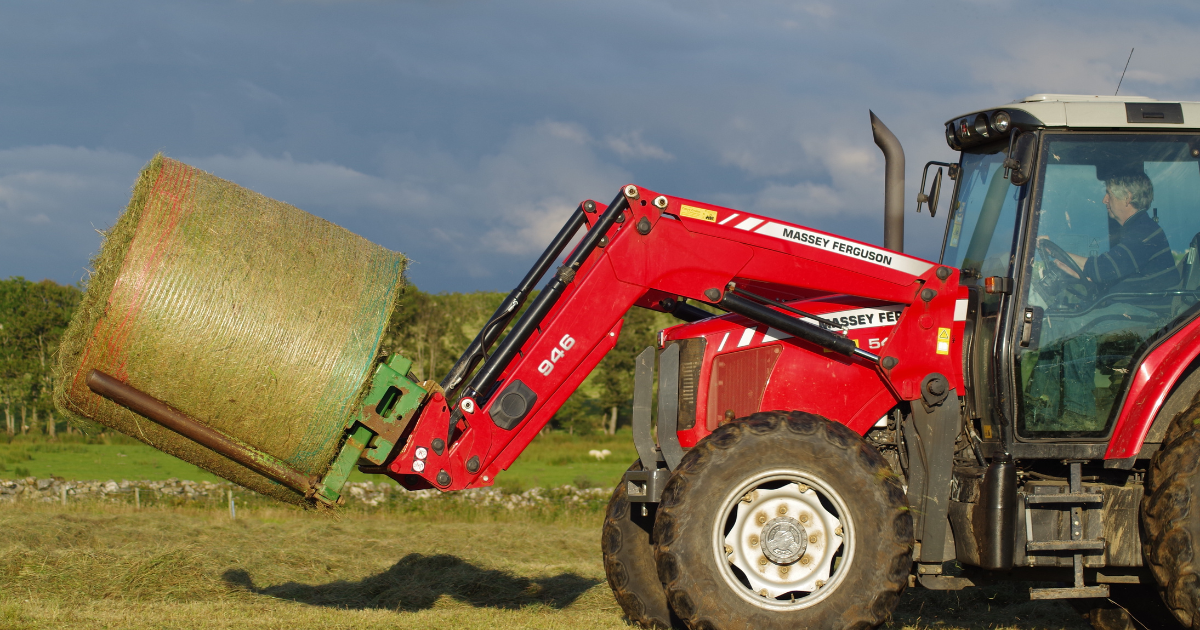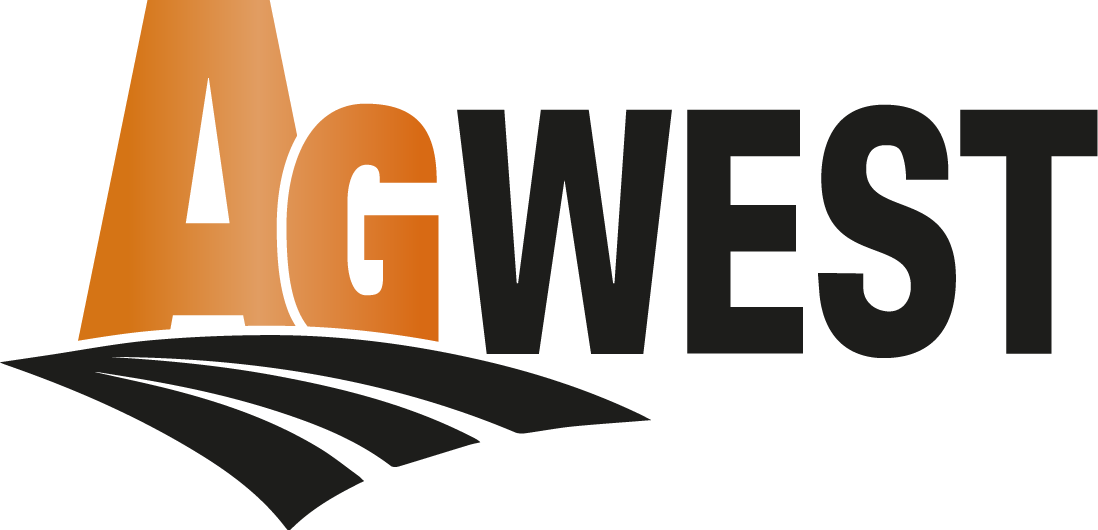Sun’s Out, Nutrients In: 6 Tips to Improve Forage Quality This Haying Season

A Practical Guide to Preserving Nutritional Value and Improving Forage Quality
The old saying “make hay while the sun shines” still holds weight, especially when your operation depends on the nutritional value of every bale. For livestock producers, good hay isn’t just about yield: it’s about timing, quality, and minimizing losses from the field to the feeder.
Proper cut timing plays one of the most important roles in preserving forage quality, especially for high-performance livestock
Whether you’re a seasoned producer or gearing up for your first cut, a few key decisions during haying season can make all the difference.
1. Cut Timing Isn’t Just About the Weather
The best window for cutting is when forage quality is highest, typically just before full bloom. Waiting too long may boost tonnage, but it reduces digestibility and protein content, especially in grasses and legumes. Early cuts help retain essential nutrients, especially for hay destined for high-performance livestock.
Pro tip: Prioritize timing based on your livestock’s nutritional needs. What works for feeder cattle hay may not work for lactating cows or growing calves.
Matching Your Forage to Your Goals
Different forages mature at different rates, and that impacts when you cut and what quality you can expect.
For example, alfalfa offers high protein but becomes stemmy fast, while timothy, brome, and orchardgrass mature more gradually. Understanding the specific growth stages of your forage mix helps guide optimal cut timing. Blends may require compromise, so consider the needs of your primary livestock group when planning cuts.
2. Moisture Management = Quality Preservation
Cutting at the right moisture content (usually around 60–70%) and allowing adequate curing time is essential to prevent mould, spoilage, and leaf loss. Leaf shatter, particularly in legumes such as alfalfa, significantly reduces feed value.
Pro tip: Consider using a mower-conditioner to speed up dry-down time, especially when dealing with narrow harvest windows.
Balancing dry-down time and leaf retention directly impacts the final forage quality of your hay.
Optimizing Windrows for Faster Dry-Down
In humid or unpredictable weather, the size and shape of windrows can make a significant difference. Wide, even windrows allow better air circulation and reduce the risk of mould. If you’re dealing with thick-cut crops or late-in-the-day cutting, consider raking or tedding to lift and fluff the hay for improved drying. While it adds a step, it may save nutrients and avoid weather damage.
3. Baling Right: Density, Timing, and Storage Go Hand-in-Hand
Aim to bale hay at the right moisture content (usually 15–18% for small square bales and 13–15% for large rounds) to prevent spoilage and reduce fire risk. Bale density also affects storage and transport (denser bales are more efficient, but require careful moisture control).
Modern balers, like Massey Ferguson’s high-density round balers, allow precise control of moisture and density settings, helping you produce consistent bales that store better and retain more nutrients.
Pro tip: Proper stacking and shelter from moisture are key to preserving your investment. Consider off-the-ground storage and tarp systems if a hay shed isn’t an option.
4. Test, Don’t Guess: Why Feed Testing Protects Forage Quality
Even well-made hay can vary in nutrient content. Feed testing helps you know exactly what you’re feeding and allows for better ration balancing. It can also be a valuable tool for pricing and marketing if you’re selling hay off-farm. For more insight on forage testing practices, check out this guide from Penn State Extension on determining forage quality.
Once you receive your test results, focus on key values like crude protein (CP), neutral detergent fiber (NDF), and total digestible nutrients (TDN). These help you determine how well your hay supports specific livestock groups, whether it’s dry cows, lactating cows, or growing calves.
Consider this: A basic hay analysis costs less than most producers may think, and can help to avoid costly nutritional shortfalls later.
5. Plan for Efficiency, Not Just Output
Downtime during haying season can be costly. Pre-season equipment checks, sharp blades, and calibrated balers all help reduce labor time and improve bale consistency. Reliable equipment reduces the risk of re-cutting or leaving hay vulnerable to late-day showers.
Pro tip: Even something as simple as monitoring tire pressure and PTO settings can improve fuel efficiency and performance.
Small maintenance steps can make a big difference in reducing losses and maintaining forage quality during baling.”
6. Choosing the Right Tools for the Job
Your hay tools can make or break your harvest. Mowers with sharp blades reduce bruising and leaf loss, preserving the nutritional value of every cut. Tedders and rakes improve dry-down by evenly aerating the forage, which helps avoid spoilage and nutrient loss. Balers with modern density controls and reliable knotters ensure bales are consistent, easy to store, and less prone to mold.
Pro tip: Looking to fine-tune your setup? Explore AgWest’s hay and forage equipment lineup or speak with a technician at your local branch.
Cut Smart, Bale Right, and Feed Better with AgWest
Small changes in timing, technique, and the right tools can lead to big gains in forage quality and better performance at feed time.
Whether you’re prepping your equipment, looking for replacement parts, or exploring upgrades to your baler, mower, tractor, or other haying equipment, your local AgWest team is here to help you make this your best haying season yet.
